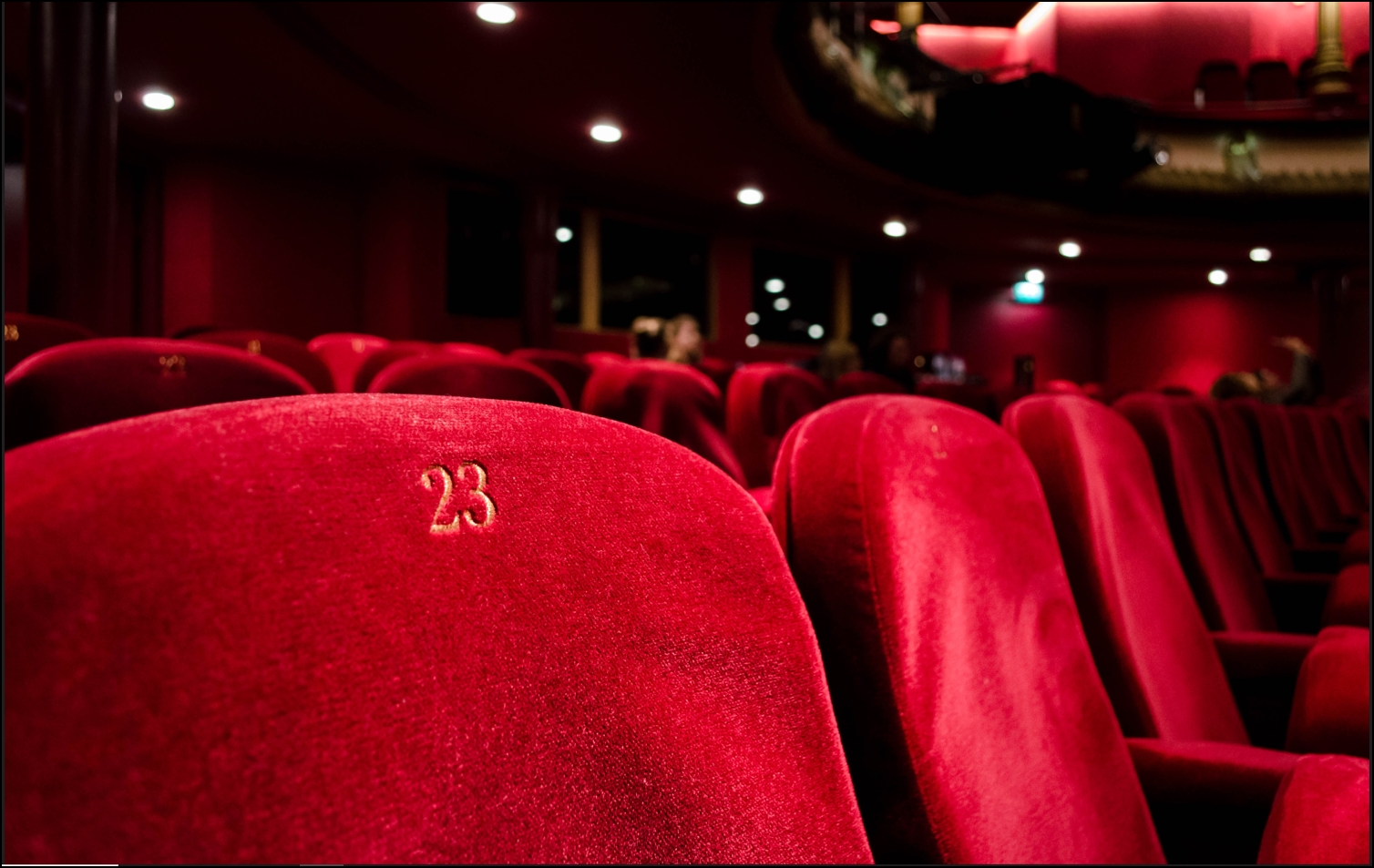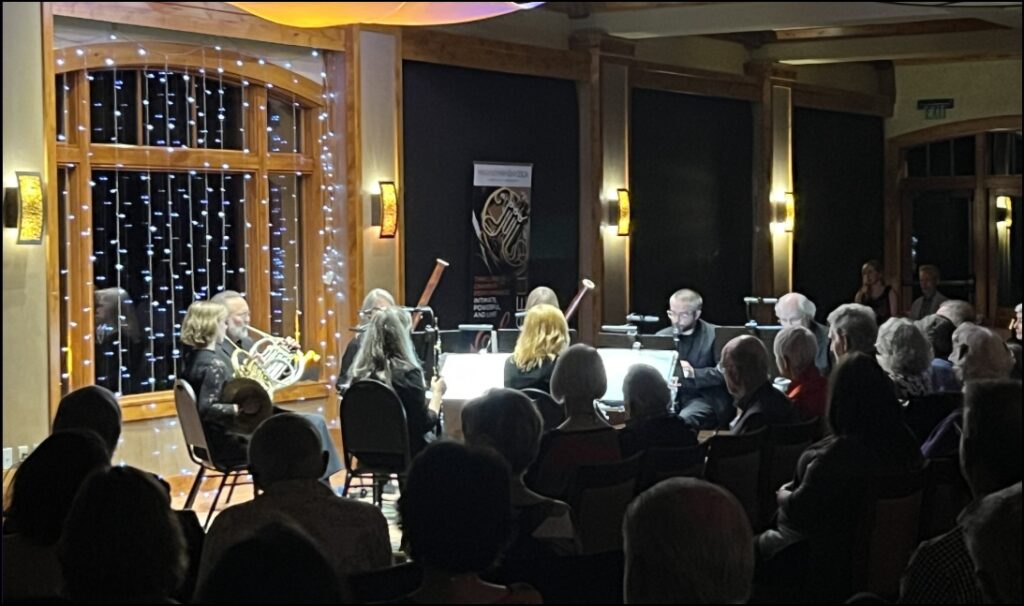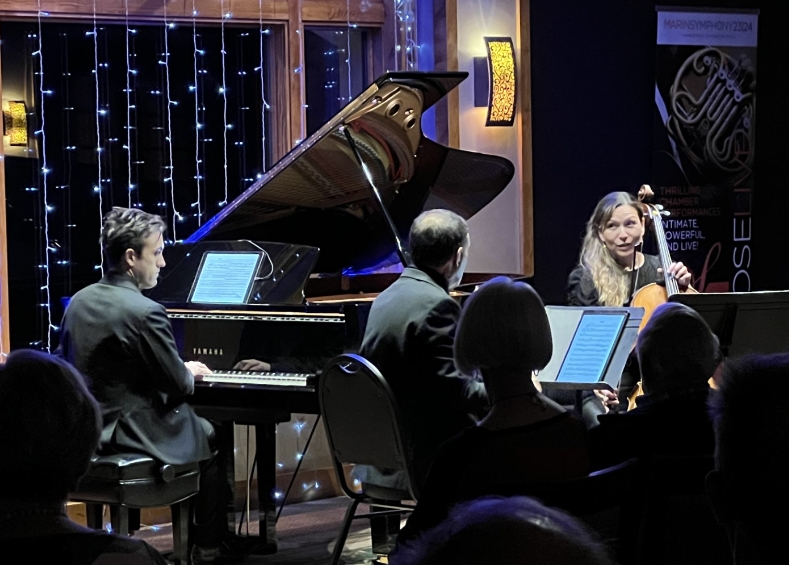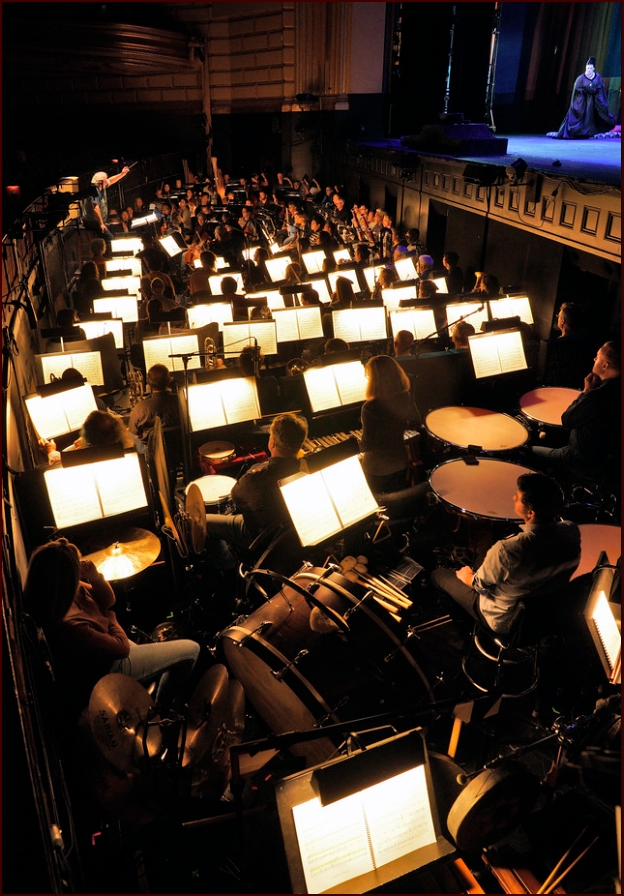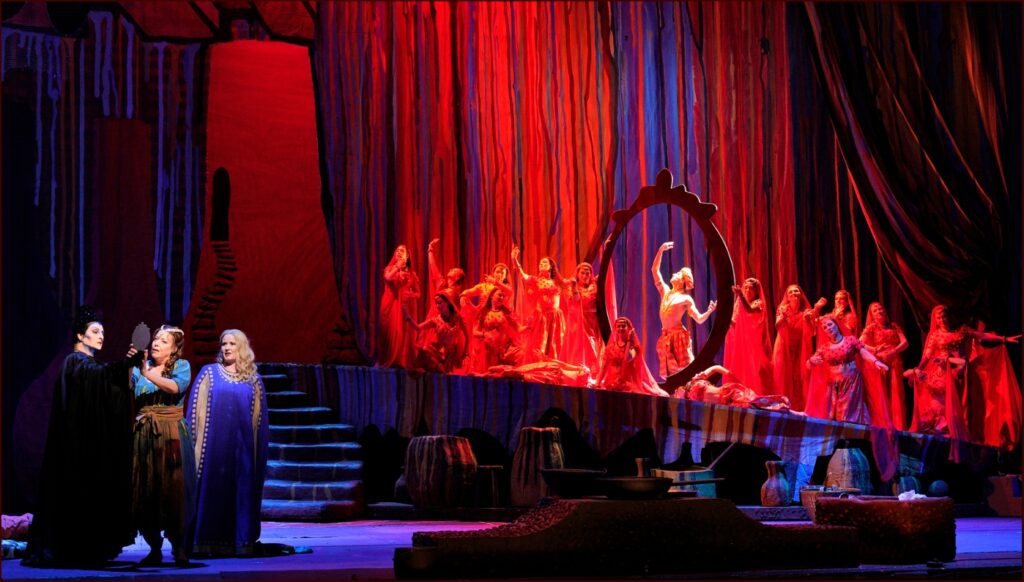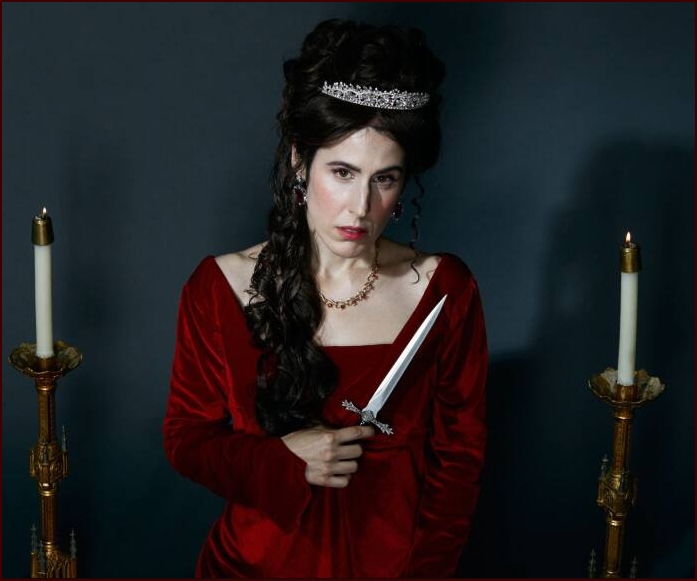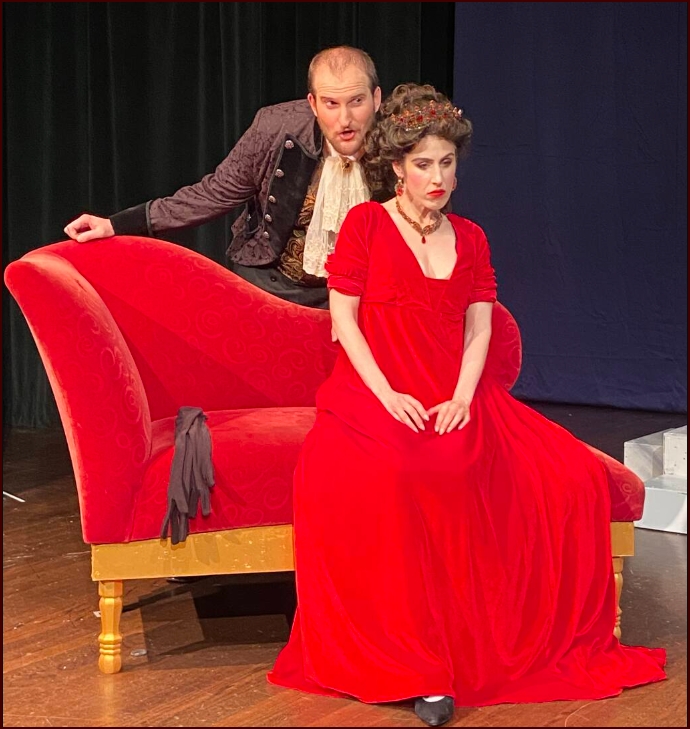By Cari Lynn Pace
There’s good reason folks affectionately tagged Marin Symphony “the freeway philharmonic.” Many of its award-winning musicians have travelled to play with the symphonies in San Jose, Oakland, and Santa Rosa. As of now, the entire Marin Symphony can be found scooting up and down 101.
Without a permanent concert hall to call their own, this beloved orchestra has used the Marin Center as their venue for over 50 years. Last year seismic updating caused the facility to shut down. “These challenges have given us the opportunity to build our muscles and flexibility…our resourcefulness in the face of adversity,” explained Executive Director Tod Brody.
And resourceful they are!
Marin Symphony took their talented musicians on the road and landed their instruments right in the audiences’ laps, so to speak. Downsizing the orchestra and creating chamber quartets gave the group new freedom of venues. Their current schedule of nineteen classical performances is spread throughout Marin, in country clubs, churches, and schools from Tiburon to Novato.
“Audiences can be up close and personal to really feel the music vibrating just a few feet from them…”
Audiences can be up close and personal to really feel the music vibrating just a few feet from them. The first performance at the Marin Country Club held the audience spellbound as an intimate chamber quartet of flute, cello, and piano performed Farrenc’s “Trio in E Minor”. The awe continued as a sextet of flute, oboe, clarinet, horn, bassoon, and piano took their places to reveal a lyrical composition by Poulenc.
To cap off Act II, eight musicians doubled up in pairs to raise the bar with Mozart’s “Serenade for Winds in E flat”. It was fascinating to watch the precision and concentration of each musician just a few feet away. Fingers zipped on the clarinets, the burnished bassoon gave forth deep toots, and an oboe musician puffed out her cheeks, reminding us of the breath control required to play such an instrument. The horn players intermittently turned their instruments to ease out the moisture which always collects. These entrancing details are typically overlooked on a large stage, and the audience loved every minute.
The Marin Symphony alternates these small intimate performances with larger yet close-in gatherings. Their upcoming chamber orchestra performance will be guest-conducted by Edwin Outwater, and will feature flutist MyungJu Yeo. The program of Stravinsky, Mozart, and Beethoven takes place at the College of Marin, James Dunn Theatre, on Nov 11 & 12, 2023.
In December, the Marin Symphony Chamber Chorus and the Marin Girls Chorus join the Symphony’s brass and percussion musicians for their annual Holiday Choral Concert at St. Raphael Church in San Rafael. It’s sure to be a sellout on December 2 and 3, 2023.
For a full schedule of Marin Symphony performances into May of 2024, go to MarinSymphony.org or call 415-479-8100. Single tickets and subscriptions are available.
-30-
 ASR Writer & Editor Cari Lynn Pace is a voting member of SF Bay Area Theatre Critics Circle and writes theatre and lifestyle reviews for the Marinscope Community Newspapers throughout Marin County. Contact: pace-koch@comcast.net
ASR Writer & Editor Cari Lynn Pace is a voting member of SF Bay Area Theatre Critics Circle and writes theatre and lifestyle reviews for the Marinscope Community Newspapers throughout Marin County. Contact: pace-koch@comcast.net
